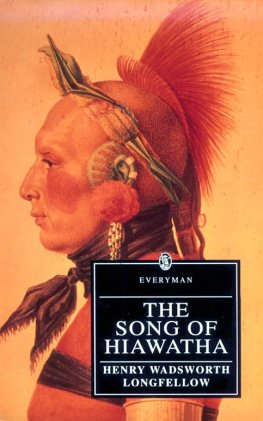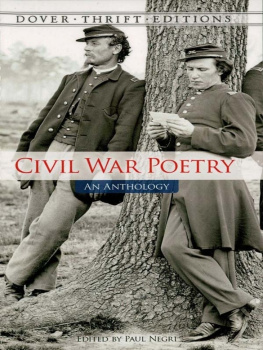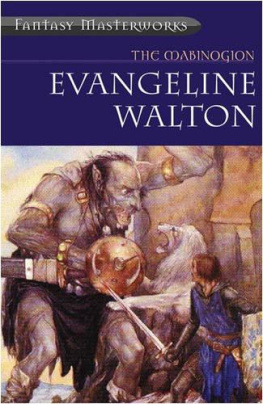The Land of Evangeline
Table of Contents
Sat by some nameless grave, and thought that perhaps in its bosom He was already at rest; and she longed to slumber beside him.
Grand-Pr, the home of Evangeline, seldom fails to impress the stranger, who sees it for the first time, with a sense of its rich loveliness. It would be difficult to find a more delightful setting for the story of the Acadian maiden, separated from her betrothed lover, Gabriel, and sent into exile with her people.
The country fronting the present Grand-Pr is broadly open to the Basin of Minas. The dyked marshes extend for miles in blocks of pasture, grain, and haylands. Great creeks which once the mighty tides of the Bay of Fundy filled till the meadows were submerged with the turbid waters; red channels of the winding rivers beyond; and the great stretch of the Basin of Minas, purple-fringed by the distant hills, all combine to make this an idyllic setting.
At the time of the Deportation of the Acadians, in 1755, most of the farm land, flanked by the dyked meadows, from the Gaspereau River to Kentville, held the villages and small hamlets of the people. Upon the descending slopes on both sides of the Gaspereau Valley that lies south of Grand-Pr, other populous villages, pastures and farms, clustered as far as the present village of the name, Gaspereau.
North and west, as far as Pereau, under the North Mountain, the rich Acadian country of Canard lay upon the banks of the four rivers, fronting always the meadows of marsh that spread away from the swift tidal streams.
This was the Minas country of the Acadian period, divided into two parishes, Grand-Pr and Canard, separated by the present Cornwallis River. In 1750, five years before the removal of the inhabitants, Minas had a population of four thousand. There were thirty-five villages, named after the original founders who came from Port RoyalGaspereau and Grand-Pr were the only exceptions.
Upon the Grand-Pr meadows may be seen the thirteen sections of dykes raised from time to time, till the whole extent of marsh became enclosed. It was a laborious work for the people, who numbered only four hundred in 1700. Most of the marshes were enclosed during the following forty years as the families grew to manhood, and new settlers came. Upon these lands they had their pastures, hay and grain areas fenced in. Upon the undyked marshes they cut the coarse salt grass.
As the forest lands were cleared of wood, they were used as pastures. Beyond these, stretched the primeval forests on all sides. Orchards of apple and pear, and garden plots lay near the homes. Fish were abundant in the sea beyond. By boat the settlers were able to pass from place to place, for the rivers made convenient ways for travel.
Grand Pr
Table of Contents
While the name Grand-Pr was given in general to the Minas country south and alongside the Cornwallis River, the village of the name was adjoining the Memorial Park land. It had twenty-three inhabitants living upon three farms. The cellars of the three homes may be seen to-day. The largest was on the west side of the Park. The other two, upon the gentle slope south. They were the properties of Pierre Landry, Jean le Sour, and Jacques Terriotall prominent and prosperous men in the little community.
The knoll of land, consisting of fourteen acres, now called the Grand-Pr Memorial or Historical Park, lies adjoining the dyked lands. It is enclosed by a rustic fence, and is separated by the Dominion Atlantic Railway from the farms on the slope rising to the south. The ground was used for church purposes, and the chapel stood upon the highest part of the knoll. Where the stone cross stands was the burying ground of the Grand-Pr Acadians of the parish of St. Charles. The church land had been given for the purpose by the original Landry, and formed part of his farm. About the year 1687, the first church was built, and enlarged or rebuilt as the population increased. Few dykes had been erected at this time, and the tides of the Basin of Minas came within a few hundred feet of the church land. In the burying ground were laid the first to die in Minas. Melansons, Terriots, Le Blancs, Landrys, and other families mingle their dust there. The cross without names, built of stone from some of their home foundations, marks where they lie forgotten.
The Presbytery stood on the foundation west of the church site. This was occupied by Colonel Winslow when his troops were encamped about the churchyard, on the eve of the Deportation. The row of willows on the north side of the Park grounds was set out to shield the church from the north winds that swept across the open dyked lands.
The bronze figure of Evangeline (), represented as looking back upon the country of her people as she set out to depart with them from Grand-Pr, will always typify the Deportation of the Acadians, the commencement of the period of exile and wandering. The statue stands upon the old road by which the people reached the church, and is but the commencement of restoration work projected for the Historical Park at Grand-Pr. (At the summit of the slope south this road joined the main highway running from the Gaspereau River to the farther villages of the Acadians.) The statue was modelled by Philippe Hebert, himself a descendant of the Acadian family of the name. Etienne Hebert was one of the first colonists to come to the Minas country from the home colony of Port Royal, now Annapolis Royal. This family increased in numbers in Minas, and two villages bore the name, one in Minas and the other in Canard. There were fifty Heberts at the time of the dispersion.
We may now review the growth of the Acadian Minas from the coming of the first settlers in 1681 to the year 1755, when Colonel John Winslow, with the New England volunteers, encamped upon the church ground of St. Charles at Grand-Pr. In December of that year the houses and barns, churches and mills of the Acadians were destroyed, and for five years the country was without an inhabitant. We have the names of the older parents, of their children, their possessions. We also have record of the younger married couples who came to make homes in the new country of Minas. The villages grew chiefly in clusters about the establishments of the elders. Dykes were built. Land was cleared of wood for their gardens and orchards. Roads were made connecting all the centres of farm life. Winter roads for their timber, fencing, and firewood were made. Finally, they cut a way through the forests from Halifax to Annapolis Royal. They were increasing in population, and in worldly goods.
The Three First Families
Table of Contents
Perhaps before entering directly upon the historical aspects of the Evangeline country, it would be interesting to know something of its outstanding families, members of which figured prominently in the later history of the place.
The three most picturesque and important persons in the history of the Minas country are Pierre Melanson, Pierre Terriot, and Ren LeBlanc.













